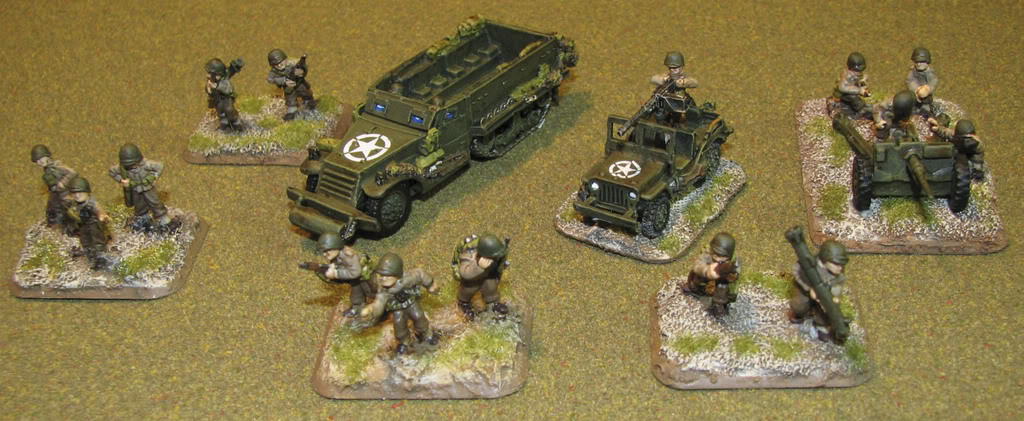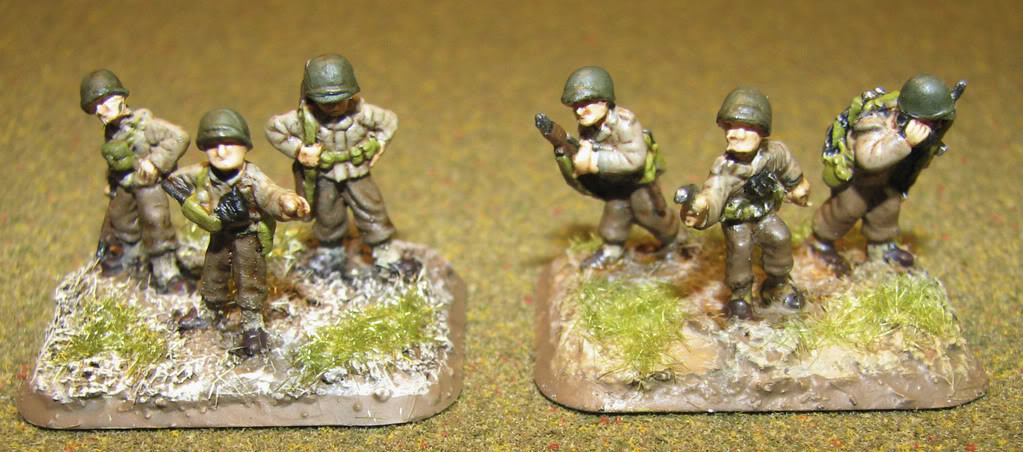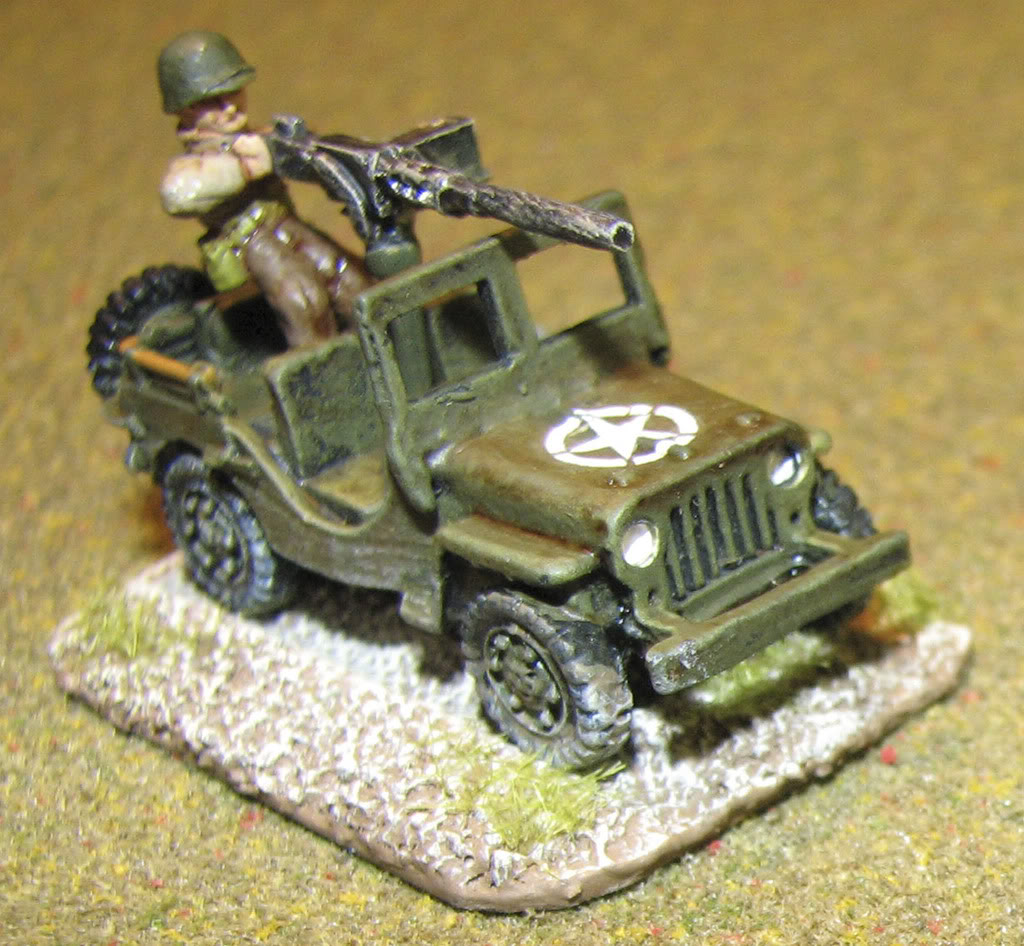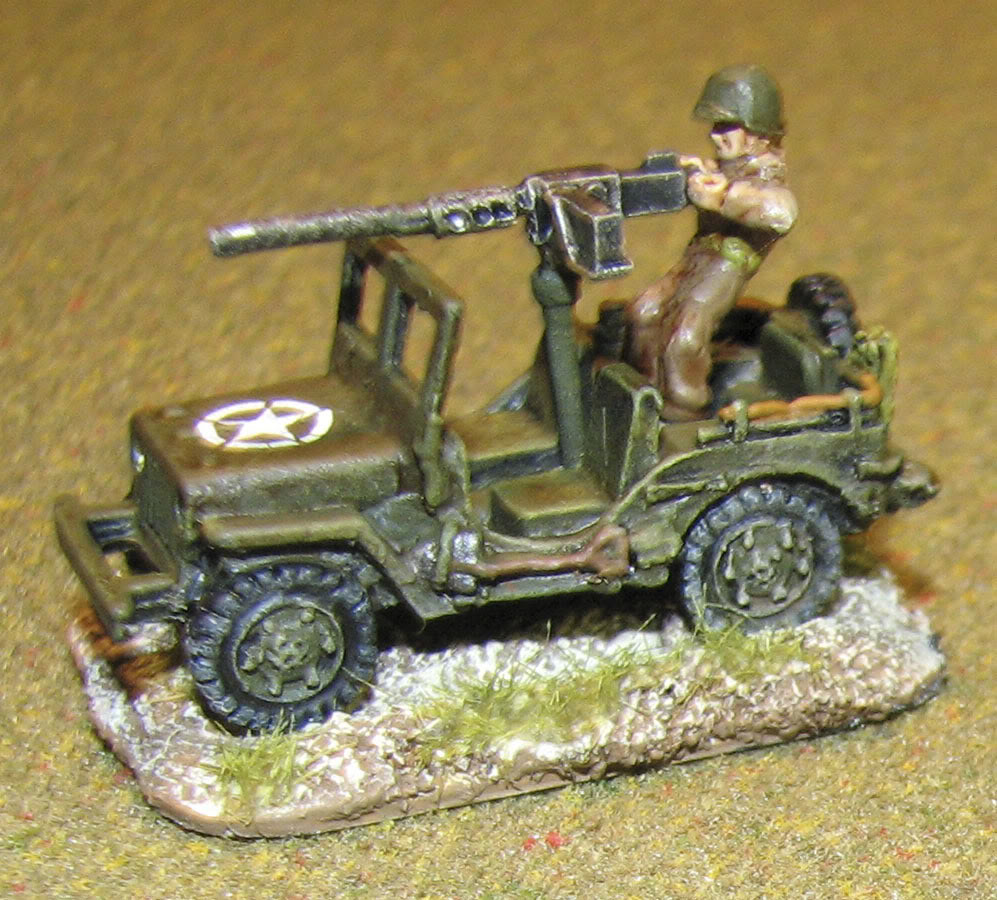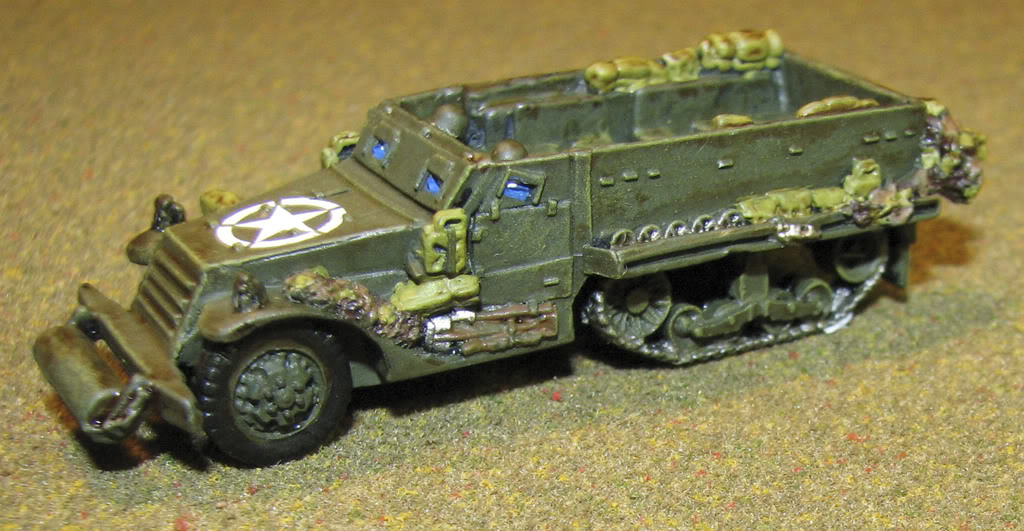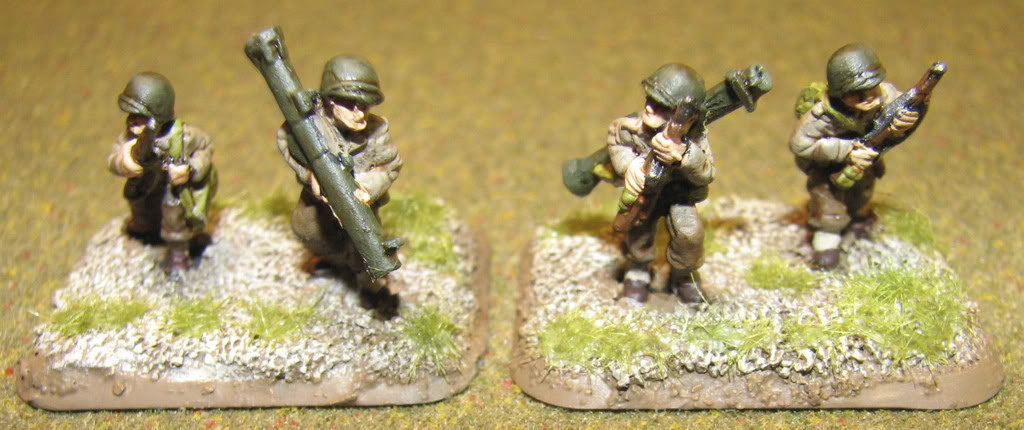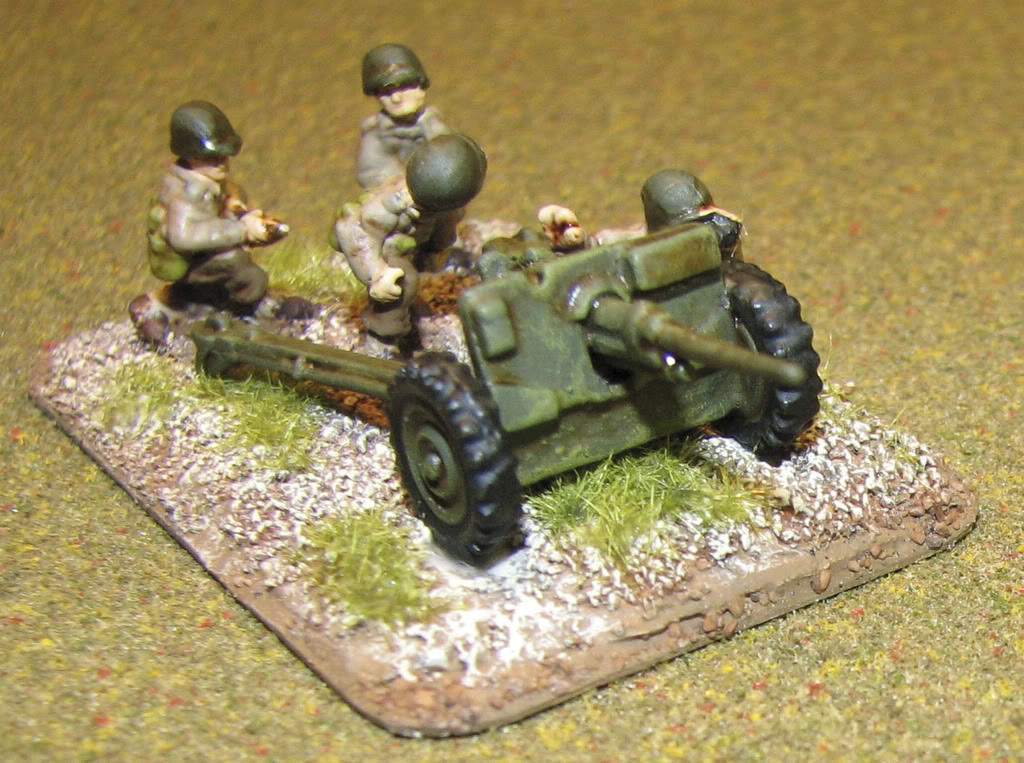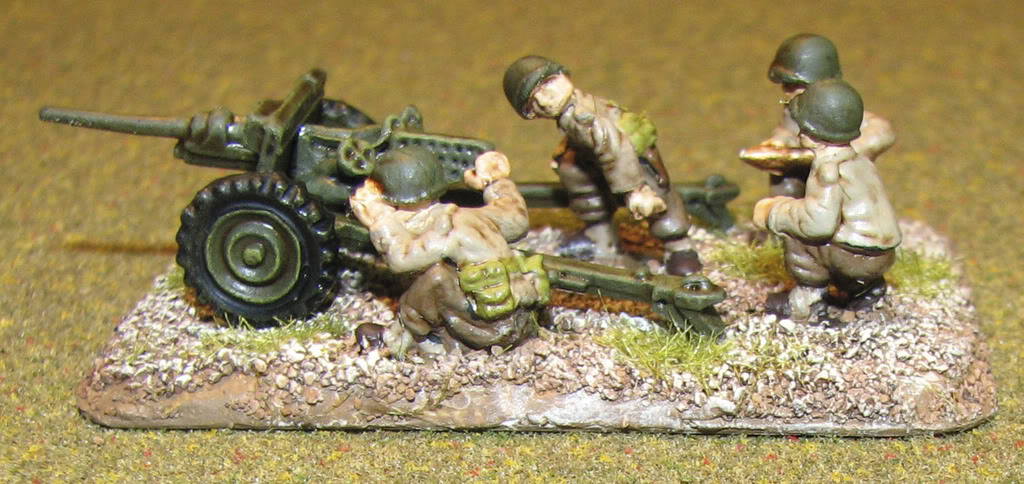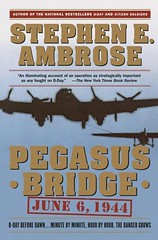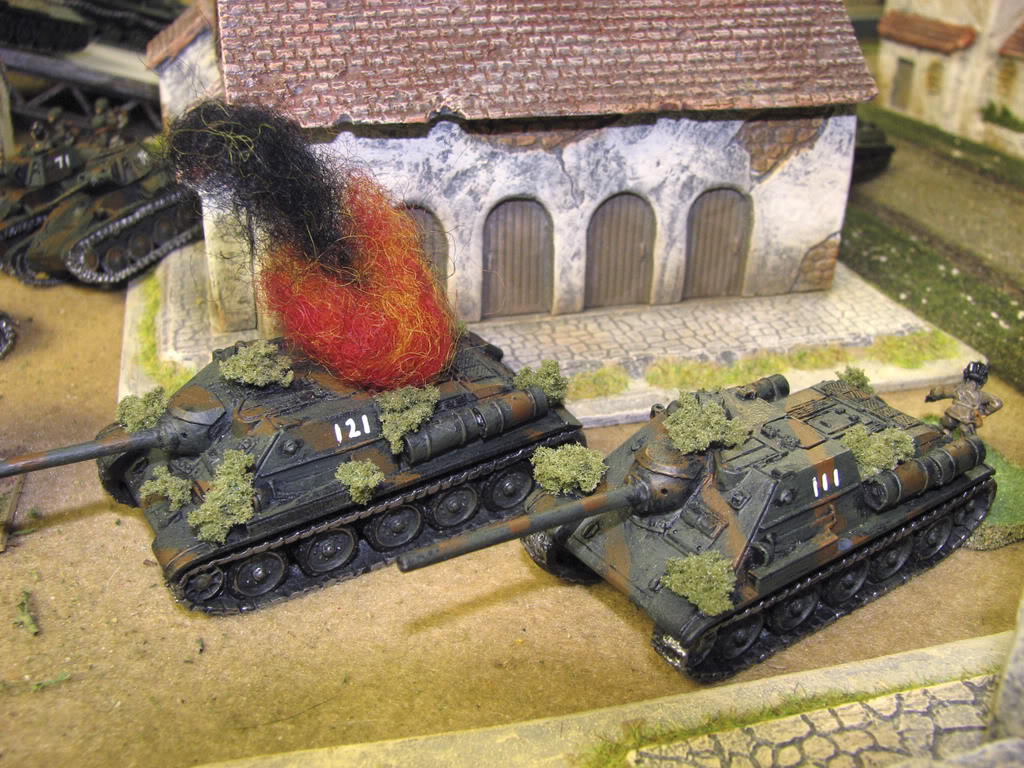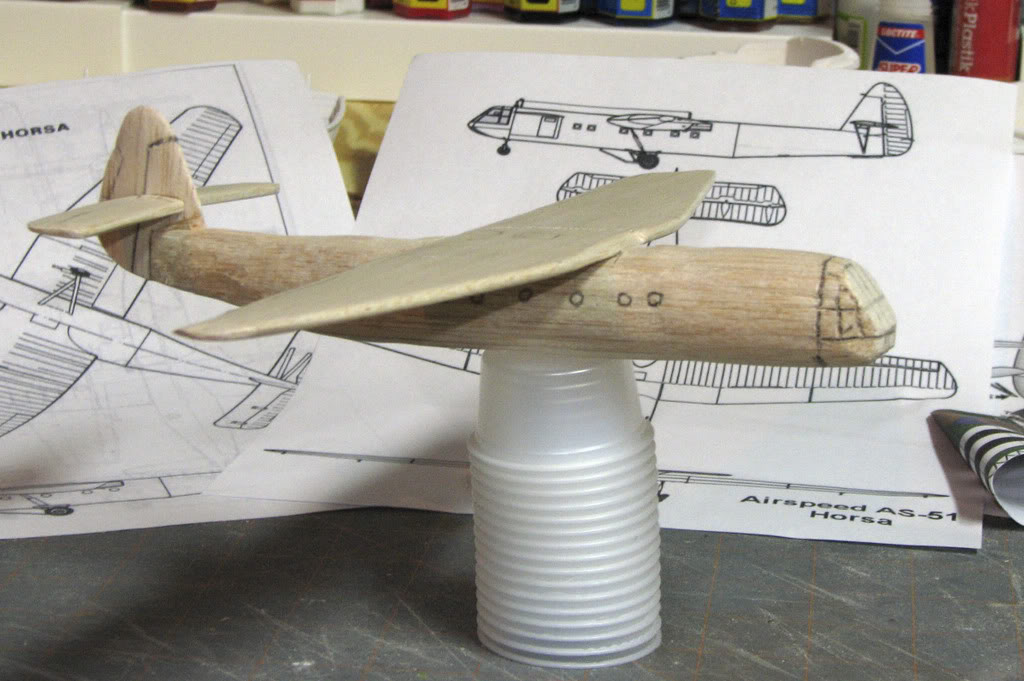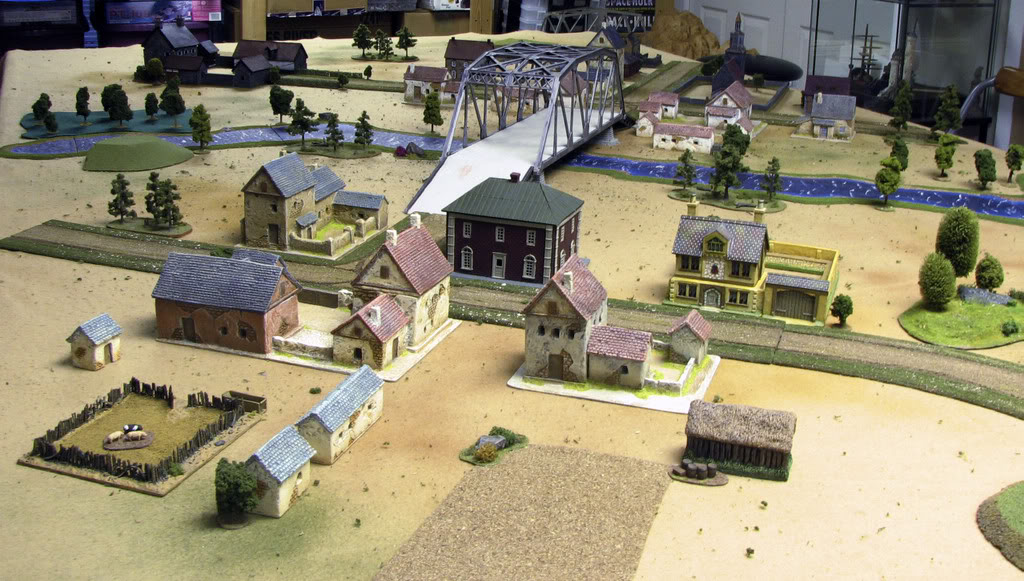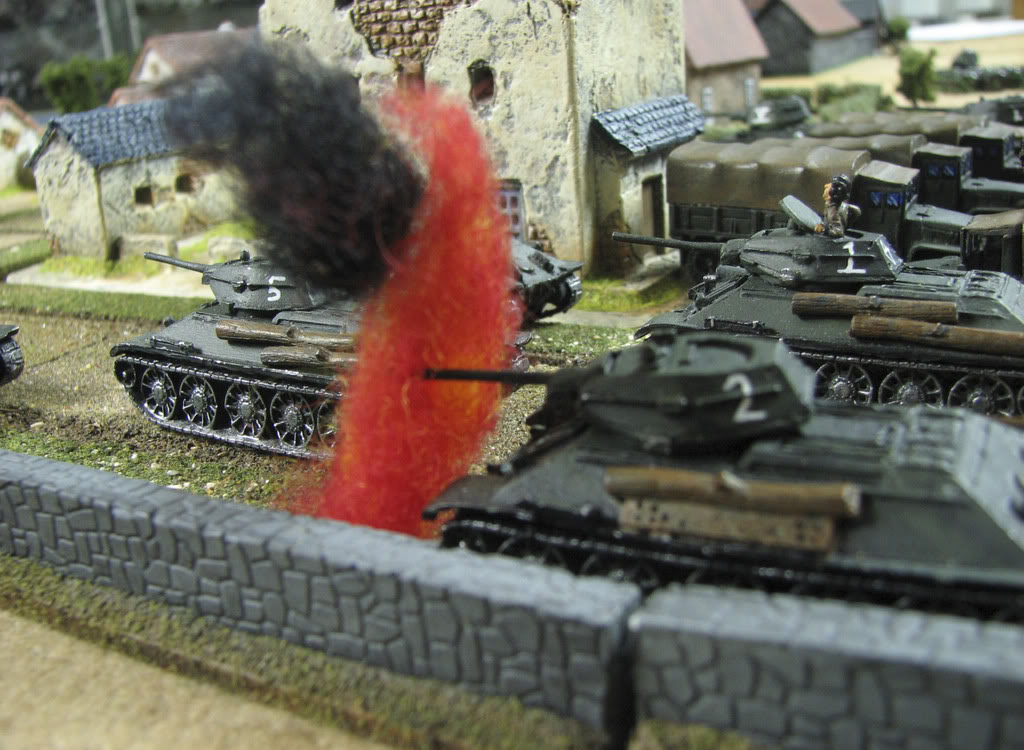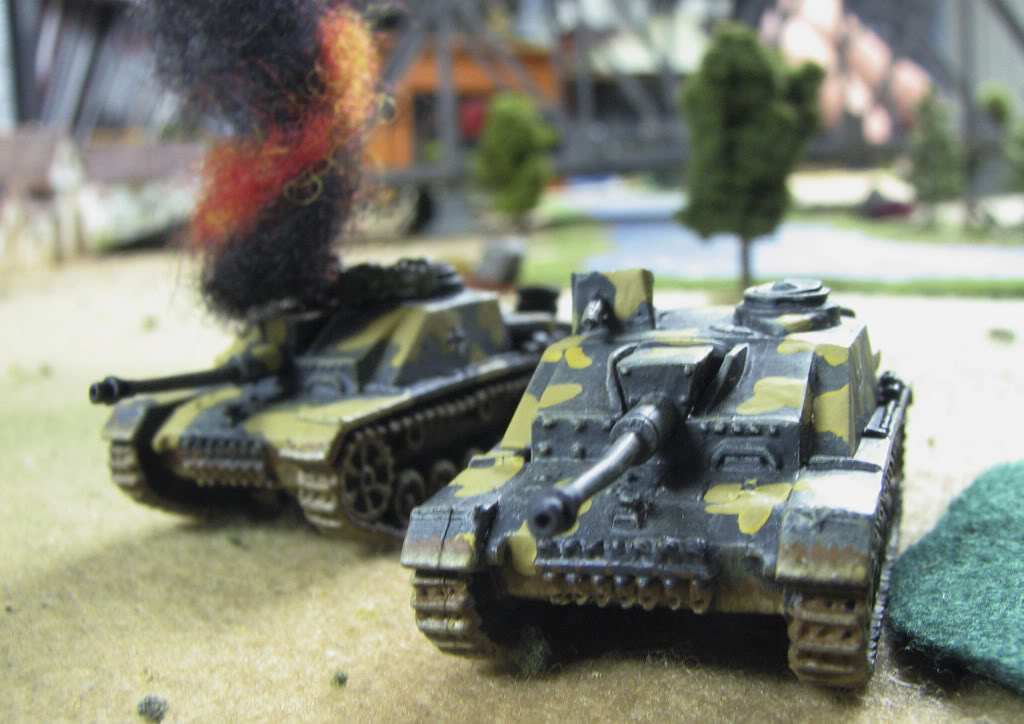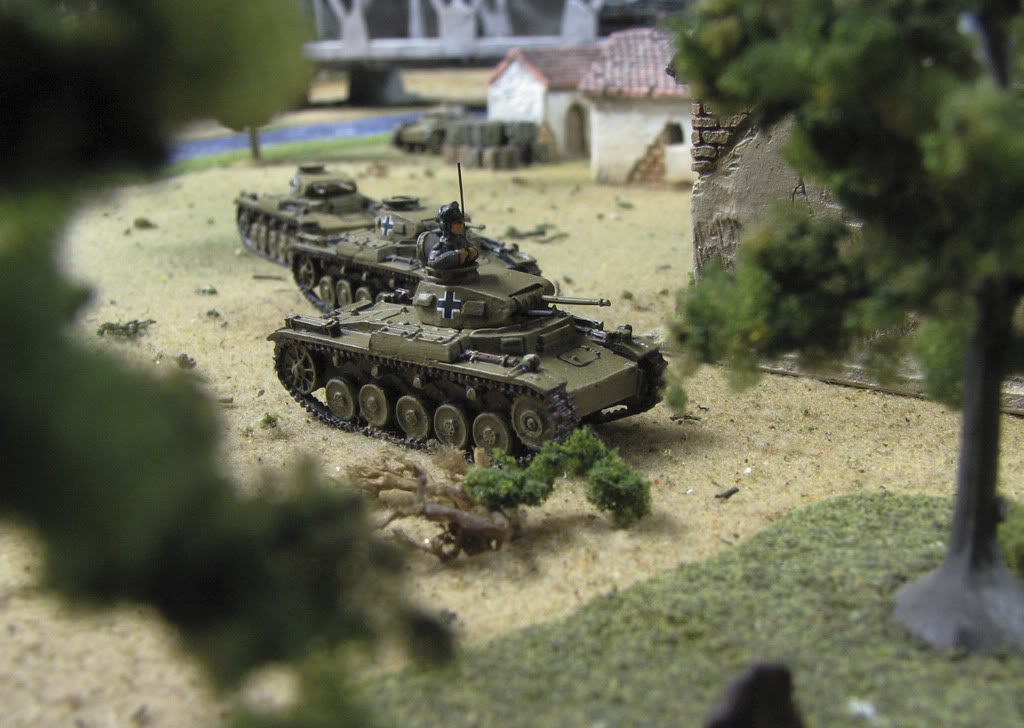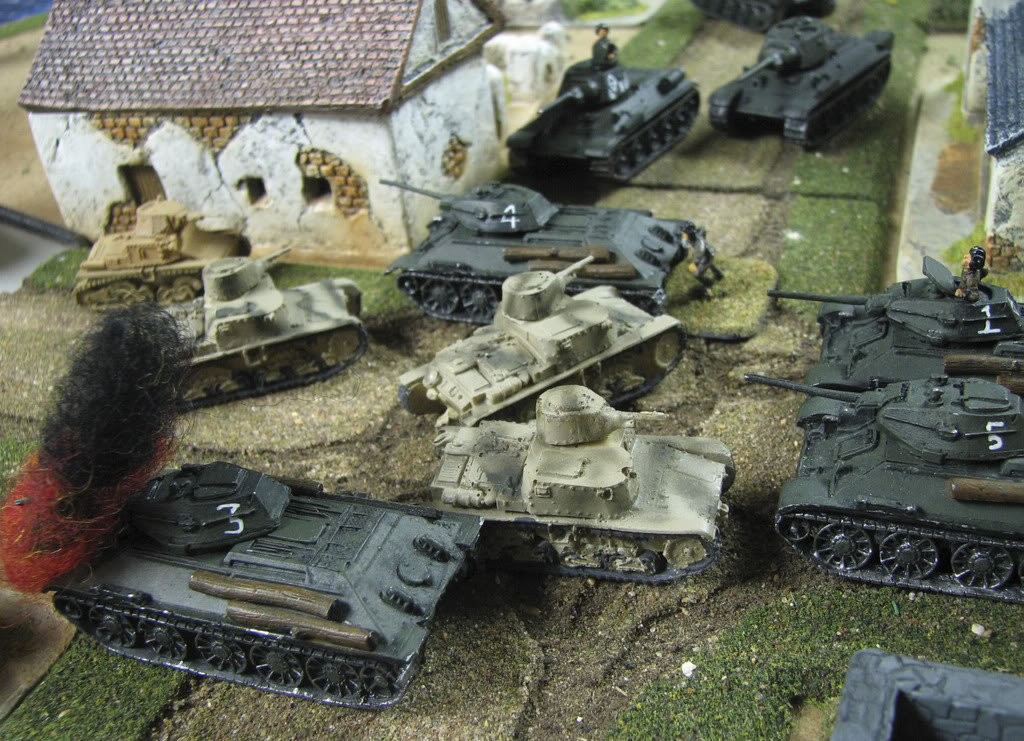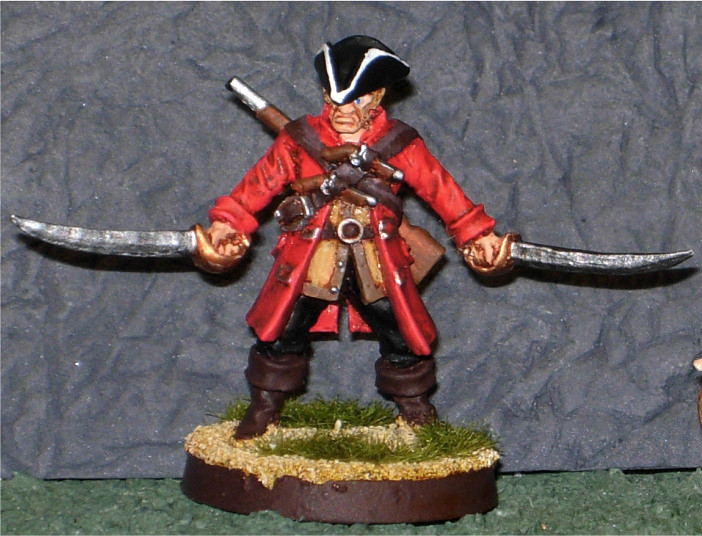
Welcome aboard, mates! Plastic Pirates is my own little corner of the web, where I hope to share with you my thoughts, ideas, philosophies, projects, etc., related to gaming. Despite the title, the blog will not focus exclusively on pirates, although that will be a recurring theme. In a nutshell, I am a gamer/modeler/tinkerer from way back when Battletech was still called Battledroids, and Dungeons and Dragons came in a little white box! Needless to say, I have seen a LOT of changes in gaming during my years, not least in my own attitude and approach to the hobby.
What drew me in initially, and what is still my passion, is the rich background of the created universes where these games take place. I love to immerse myself in the fantastic histories and worlds created for these games, whether it is Dwarven armies battling Orcs in the Mines of Moria, pirate aces facing aerial militia in the air over Crimson Skies' America, or huge Battlemechs striding across the battlefields of the 29th century. Historical games also have a place in my heart - though mostly those recreating the epic and heroic struggles that seem to read out of the pages of our favorite adventure novels: the stand of the 300 Spartans at Thermopylae, Lt. Maynard's chase and defeat of Blackbeard off the North Carolina coast, the defense of Rorke's Drift by a handful of British soldiers faced with overwhelming numbers of fierce Zulu warriors, Gary Gordon and Randy Shughart making the ultimate sacrifice to protect the crew of Super 64 at Mogadishu, and dozens of other instances of bravery and gallantry beyond what one would expect. I think it is the idea that when faced with mind-numbingly small chances of success, there have been and are heroes in the world who will face it head on and not flinch that inspires me. I cannot read of the charge of Theoden and his Riders of Rohan at Pelennor Fields without being moved, yet it is much more meaningful to me when I think that there have been similar charges in reality, led by Pickett at Gettysburg, or Cardigan at Balaclava, for example. It is the fact that the fiction mirrors the reality of human passion and courage that stirs me. Even now, as I write this, I can hear rousing music and the clash of arms! And I believe that being able to play, even if just for an afternoon or an evening, the role of a hero, makes the participants more aware of the opportunities for heroism in our own world.
As far as the games themselves, to me the rules and the actual playing of the game are secondary to the creation of the illusion of a reality - whether it be all in the mind, as in a role-playing game, or the building of a tabletop battlefield. There was a time when I yearned to field huge armies of troops, meticulously painted and customized, on a detailed battlefield. However, the reality is that limitations of both time and money have kept me from advancing beyond the planning stage of such monumental forces. Therefore, I find myself concentrating more and more on the "skirmish" games, where an entire side's troops may consist of no more than 12 to 20 models. This will conceivably let me actually complete a battle-ready group of merciless swashbucklers, resolute Royal Navy marines, hardy Dwarven rangers, and so forth. As an added bonus, the smaller scale of these games makes them more accessible to my two most eager and convenient opponents - my children! Teaching them to enjoy the mental exercise of playing a strategy game, while at the same time imparting to them an appreciation for the human values necessary to face these situations in reality, is, to me, an integral part of raising and educating this next generation of gamers and citizens.
That is why most of my game-related blogging will deal with games of this type, primarily the wonderful Lord of the Rings Strategy Battle Game by Games Workshop, and its derivatives: Legends of the Old West, and Legends of the High Seas. In coming installments, I intend to detail some of my modeling projects, both in terms of figures as well as scenery (which in the case of the Pirate games includes the ships). In addition, I will share with you what games I have been playing, what books I have been reading, what project is currently underway on my work table, and whatever other musings, ramblings and delusions I think may be of interest. In a perfect world, I'd have the time to update the blog weekly, but in all honesty I think that every other week is a more realistic and achievable target. Occasionally the updates may be more frequent, and sometimes less, depending on what is going on in "real" life at the time.
Enjoy your visit, and please feel free to drop me a line with feedback. I will not promise to act on all suggestions, but I do give my word to take all comments seriously and give them thoughtful consideration. Thanks for stopping by!
Gaming:
A week ago Saturday, on the 19th, I went to a meeting of a gaming group not too far from me in Southern Maryland to play Battletech for the first time in umpteen years. Thanks John, Rob and Kyle for a great evening of gaming! I look forward to getting together with you guys more often! More recently, I have begun to teach my kids the Lord of the Rings rules. I am hoping that once they get the basics down, we can expand to the Wild West and High Seas and do some cowboys and pirates. At the moment, we are working our way through the Mines of Moria scenarios from the boxed Moria game, and the kids are picking it up quite easily, beating me more often than not!
Books:


Currently, I am in the middle of Angus Konstam's fine biography of Blackbeard, titled, appropriately enough,
Blackbeard: America's Most Notorious Pirate
. I have read several other books about the life and death of Teach, and I was pleasantly surprised at Mr. Konstam's approach to the subject. First, don't let the title fool you, the book deals with much more than just Blackbeard. Mr. Konstam goes into detail about the backdrop to piracy during the so-called "Golden Age," detailing the circumstances and events that led to a rise in piracy during that time. In addition, and to me this is the most fascinating part of the book, Mr. Konstam takes earlier works, such as Captain Johnson's A General History of the Pyrates, Robert E. Lee's Blackbeard the Pirate: A Reappraisal of His Life and Times, and others and attempts to reconcile the discrepancies in their timelines and accounts of Blackbeard's piratical career. One thing I appreciate about Mr. Konstam's writing is that when he makes an assumption, he states that it is in fact just that, an assumption, but he also explains the reasons for that assumption. Thus, when he details, for example, conflicting contemporary accounts of Blackbeard's whereabouts on a certain date, he brings in as many sources as necessary, as well as using common sense, to determine which is the most likely version of events. He also draws from two other authors whose works I have enjoyed tremendously, David Cordingly and Marcus Rediker, to set the stage for and detail the actions of a man who is arguably the most infamous pirate in all of history. As a longtime fan of Mr. Konstam's books on pirates, I can say this is his best effort to date. It is written in an energetic style that draws you in and makes you want to read more, even though we all know how the story ends! It is a fine addition to my piratical library, and, despite the fact I have not yet quite finished the book, I can whole-heartedly recommend it to anyone who has an interest in the "sweet trade!"




Recently I finished
The Story of the Malakand Field Force by Sir Winston S. Churchill, and
Crazy Horse And Custer: The Parallel Lives of Two American Warriors

by Stephen E. Ambrose. Both are excellent books of frontier wars on opposite sides of the globe. Churchill's account, written in 1898, of the might of the British Empire facing the fanatical Pashtun warriors of the Northwest Frontier, is terrific. The campaign by the British to subjugate and punish the mountain tribes is detailed in a vivid and exciting style that brings to life the battles and difficulties faced by the field force. Admittedly, it tells only one side of the story, and does so with what would today be labelled as "politically incorrect" language and attitudes, but it is a compelling story that shows why the British military was so successful and efficient at keeping the peace throughout the empire. Ambrose's double biography of two of the American West's most famous antagonists, really brings to life these two most different, yet similar, men. I was very surprised at the ways in which their lives followed similar paths, in completely dissimilar cultures, leading them to the climactic showdown at Little Bighorn.
***** (five stars out of five) Blackbeard by Angus Konstam
*** (three stars out of five) The Story of the Malakand Field Force by Sir Winston S. Churchill
**** (four stars out of five) Crazy Horse And Custer: The Parallel Lives of Two American Warriors by Stephen E. Ambrose
What's on my modelling table:
A sea serpent conversion based on Mimring the dragon from the Heroscape: Rise of the Valkyrie master set. I have several copies of the game, bought primarily for the very cool hexagon terrain, and have no need for more than one of this unique dragon.... so, out came the razor saw! It needs basing, some putty work and repainting, and I think it will be good to go. Yes, I know Legends of the High Seas has no rules for sea serpents, but "Pirates!" from Flagship Games does! And, there are always house rules to incorporate them into LotHS if I want. The top image is a "before" view of Mimring, sans wings. The bottom image is after cutting it to a waterline model.

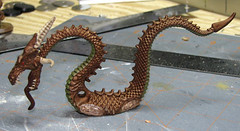
Lastly, a public service announcement:
When using a sharp blade, cut away from the body. Common sense, right? The type of tip you have read again and again to the point where you no longer pay attention to it, because it is so obvious. Well, maybe not that obvious for some of us...
I have been modeling for longer than many of you have been alive, so I am embarrassed to admit this, but last week I cut myself pretty badly because I did not follow that particular piece of advice. I was cutting a Lord of the Rings plastic cave troll off its base (which in and of itself is a whole other story, which I may share in a future installment) using a brand new Xacto knife blade. Well, the spot where the feet were glued down was hard to cut through, probably since I was cutting dried glue instead of soft plastic, and I was holding the little bugger in my hand and cutting down into it. (You can see where this is going, no?)
Suddenly the blade cut through the hard glue and into and straight through the plastic, and through the palm of my hand which was directly beneath the figure. After debating with my wife about how bad the cut was and whether or not it would require stitches (I am currently without medical insurance, so I was hoping to get by with some Band-Aids!) I went to the emergency room. Some stitches and a tetanus shot later, I was home, glaring at a plastic cave troll and kicking myself for being so careless.
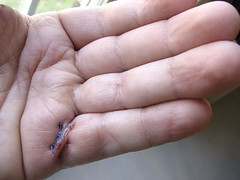
So, kids, seriously, be CAREFUL with sharp blades and tools - they really can be dangerous in (and into) the wrong hands.
'Til next time, fair winds and smooth sailing!
